RARE! June 1969 - March 1970 Vietnam War Bronze Star Citation & Medal to 1st Lieut. Dwight C. Cheek - 1st Squadron, 4th Calvary Regiment, 1st Infantry Division, Troop D (AIR)

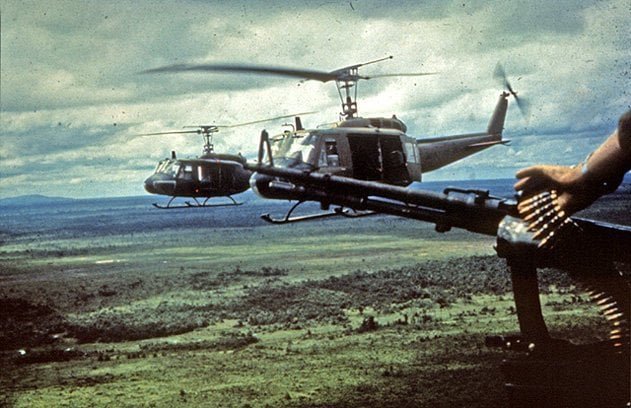
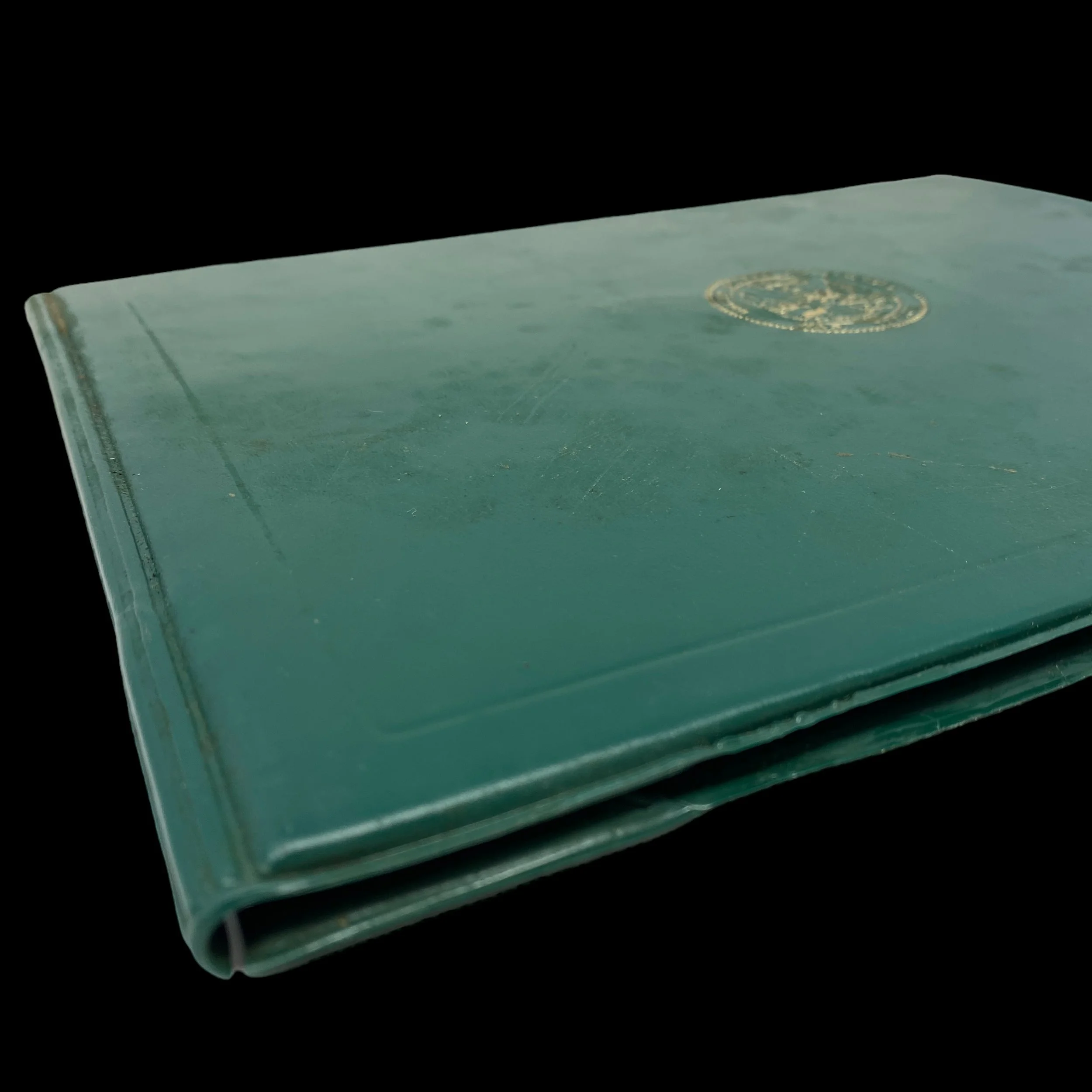






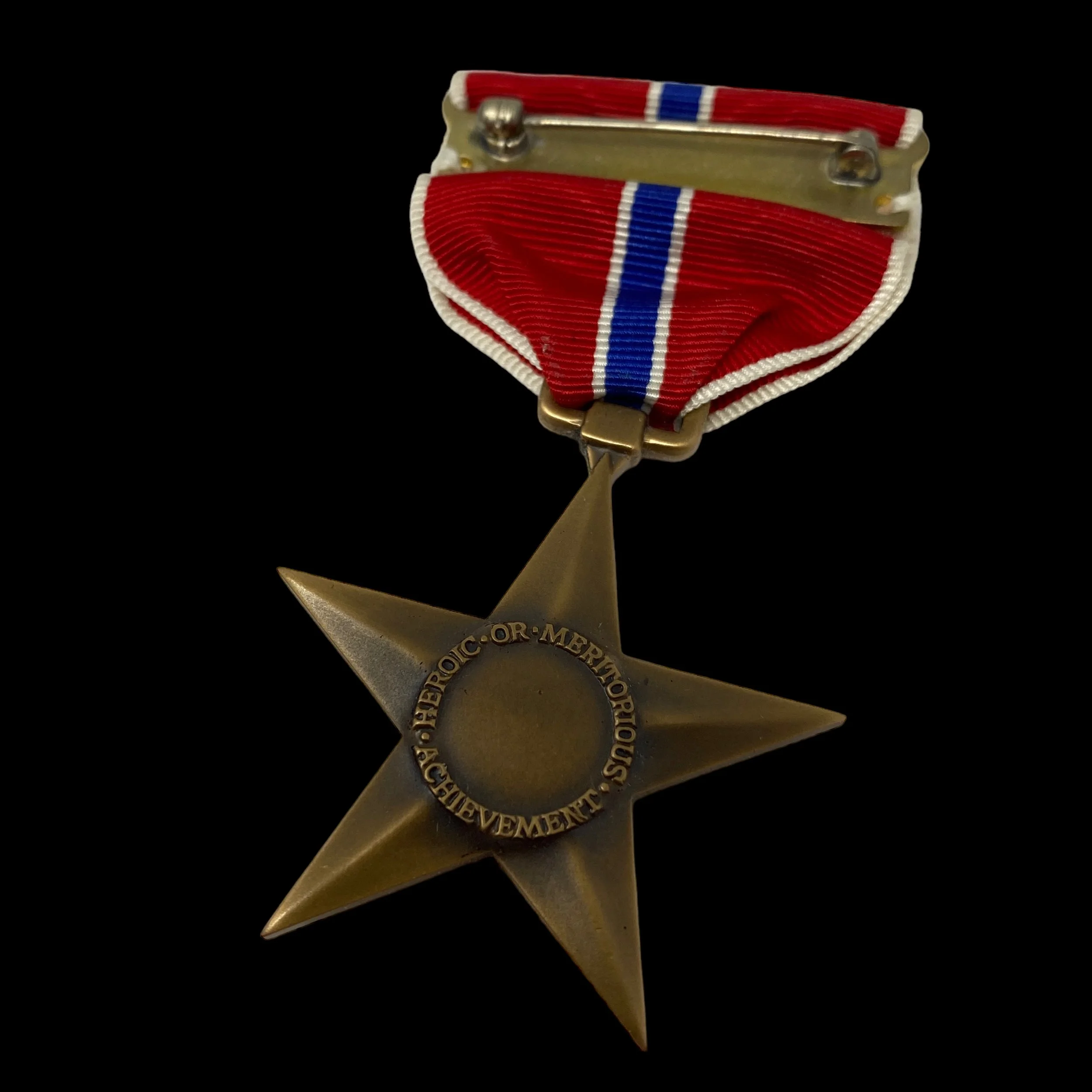
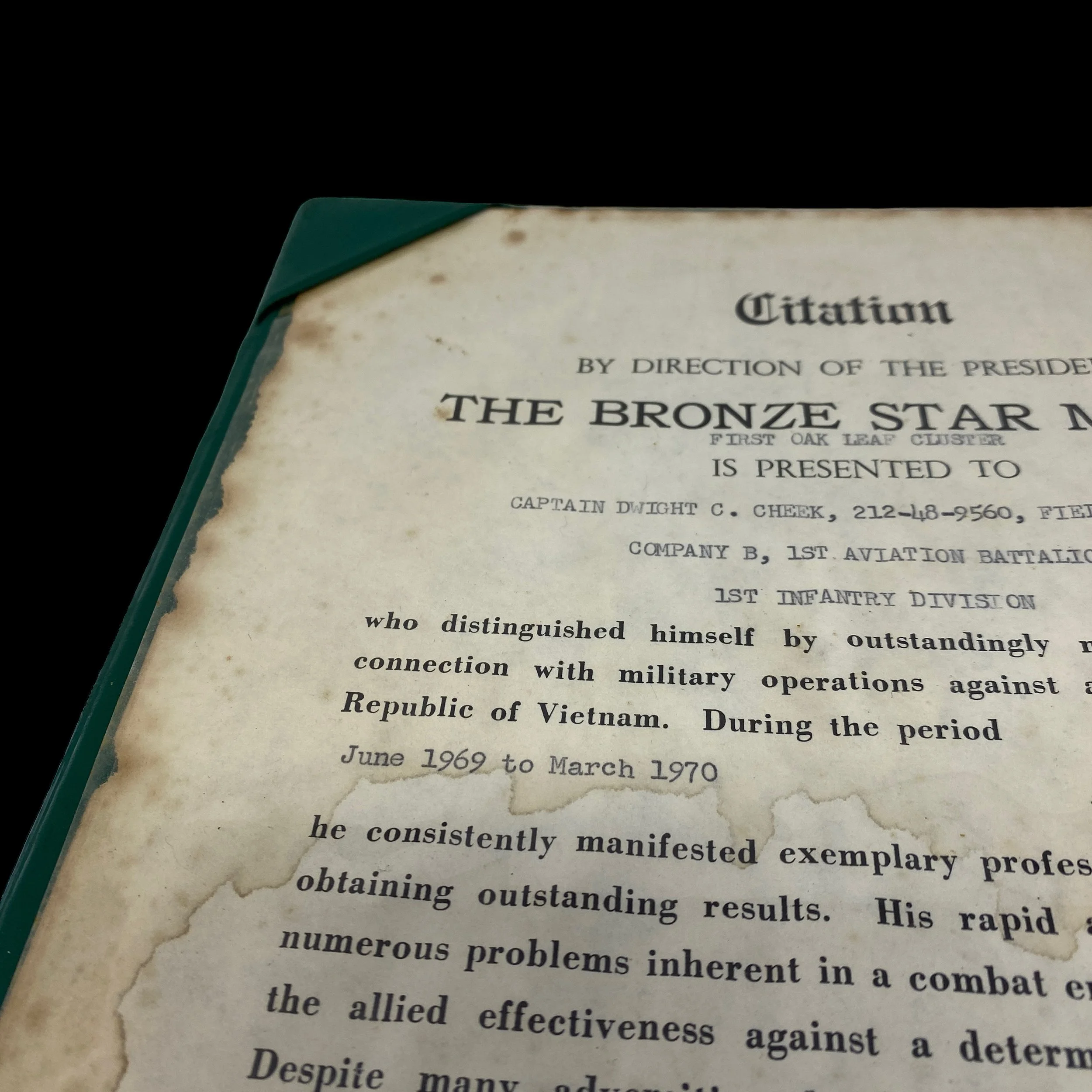






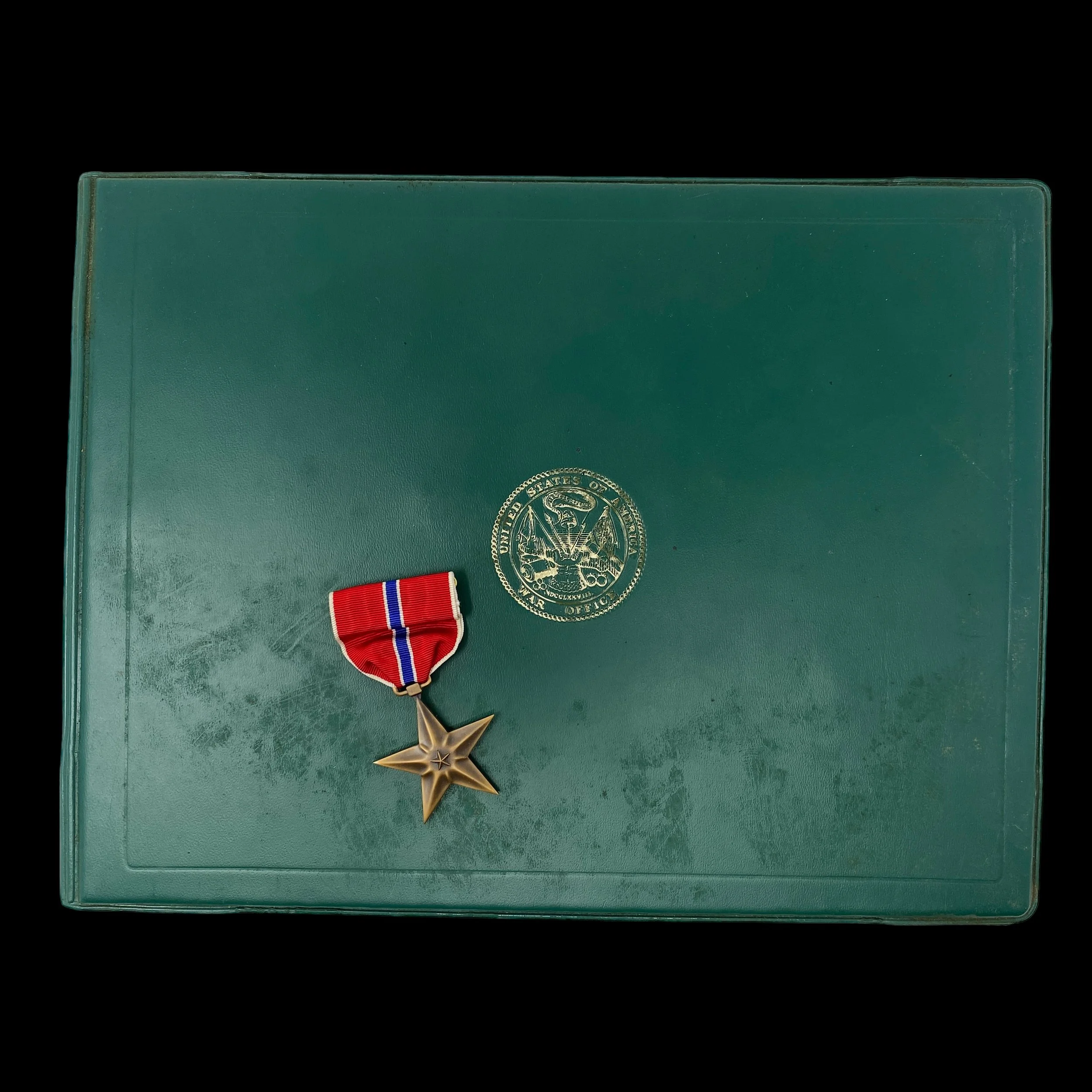
RARE! June 1969 - March 1970 Vietnam War Bronze Star Citation & Medal to 1st Lieut. Dwight C. Cheek - 1st Squadron, 4th Calvary Regiment, 1st Infantry Division, Troop D (AIR)
Comes with C.O.A.
This rare and museum-grade Vietnam War Bronze Star Medal Citation and Bronze Star Medal was awarded to 1st Lieut. Dwight C. Cheek (212-48-9560) of the 1st Squadron, 4th Calvary Regiment, 1st Infantry Division, Troop D (AIR). To earn the Bronze Star Medal during the Vietnam War, a soldier had to demonstrate outstanding leadership, valor, and meritorious service in a combat zone. The medal was awarded for acts of heroism, such as saving the lives of fellow soldiers, carrying out a successful mission despite overwhelming odds, or engaging in direct combat with the enemy. It was also awarded for meritorious service, such as serving with distinction and valor in a combat zone, performing duties in a way that went above and beyond what was expected, or demonstrating outstanding leadership skills under difficult circumstances. This BRONZE STAR citation was awarded under the direction of the president for combat service from June 1969 to March 1970.
As an Air Cavalry veteran of the infamous “Quarterhorses” the 1st Squadron, 4th Calvary Regiment provided a third dimension to the cavalry effort, reaching farther and faster into the battle space than any other manned weapon system. Troop D (AIR) provided helicopter support for the 1st Infantry Division and acted as air cavalry, a new concept in the Army. The 1st Squadron participated in eleven campaigns of the Vietnam War from 20 October 1965 to 5 February 1970. The 1st Squadron was awarded the Presidential Unit Citation for its heroism in Binh Long Province and a Valorous Unit Award for Binh Doung Province. The 1st Squadron received a Valorous Unit Award for its actions at the battle of Ap Bau Bang. 1st Lieut. Dwight C. Cheek’s primary missions were to act as the forward eyes of the Squadron and Division. During this tour in Vietnam, 1st Lieut. Dwight C. Cheek became a highly decorated Air Calvary soldier being awarded the Distinguished Flying Cross for heroism in aerial flight and two Bronze Stars and 18 Air Medals.
Throughout the Vietnam War, the troopers of the 1st Squadron, 4th Cavalry Regiment participated in numerous battles and operations including; Operation Niagara, Operation Cedar Falls, Operation Williston, Operation Tucson-Delta, Operation Junction City, Operation Manhattan, Operation Shenandoah II (where Troop C handed the VC one of their heaviest defeats of the war, the Tet Offensive, and many more in numerous small villages along the Cambodia-South Vietnam border, and throughout South Vietnam. Meanwhile, Troop D provided helicopter support for the 1st Infantry Division and acted as air cavalry, a new concept in the Army. The 1st Squadron participated in eleven campaigns of the Vietnam War from 20 October 1965 to 5 February 1970. The 1st Squadron was awarded the Presidential Unit Citation for its heroism in Binh Long Province and a Valorous Unit Award for Binh Doung Province. Troop A, 1st Squadron received a Valorous Unit Award for its actions at the battle of Ap Bau Bang.
Full History of the 1st Squadron:
1st Squadron, 4th Cavalry (1-4 Cavalry, popularly called "Quarterhorse") was assigned to be the divisional reconnaissance squadron of the 1st Infantry Division based at Di An. It arrived at Vung Tau on 7 October 1965, making it the first element of the 4th Cavalry to deploy to Vietnam. Commanded by LTC Paul M. Fisher, the Squadron was ready for action. On 12 November 1965, 1-4 Cavalry received its baptism by fire in the Vietnam War when Troop A, attached to 2-2 Infantry, engaged a VC regiment in the village of Bau Bang. Three enemy probing attacks were thrown back, and on the fourth charge, .50 caliber machine-gun fire broke up their assault and the enemy retreated, leaving 146 dead. On 24 February 1966, Troop B fought a stiff skirmish with the VC and repulsed the enemy. In April 1966, LTC Fisher became the executive officer of the 1st Brigade, 1st Infantry Division, and his replacement was LTC Leonard L. Lewane. LTC Lewane led the squadron in several operations in conjunction with other elements of the 1st Infantry Division, including Operations Birmingham, El Paso, and Shenandoah.
On 8 June 1966, during Operation El Paso II, Troop A, en route to An Loc, was ambushed by the VC 272nd Regiment along Route 13. The battle lasted 5 hours and resulted in 14 US and 19 South Vietnamese killed. VC losses were 105 dead (body count) and it was estimated that the bodies of a further 200+ were removed. For their courage, Troop A was awarded the Vietnamese Cross of Gallantry. On 30 June 1966, HQ, Troops B, C, D and C Company 2-18 Infantry engaged the VC 271st Regiment while conducting reconnaissance and managed to kill 300 VC during the seven-hour battle. On 9 July, 1-4 Cav troopers engaged the enemy again in the Battle of Minh Thanh Road and killed 250 VC. For these three engagements, the squadron was awarded the Presidential Unit Citation.
Throughout the Vietnam War, the troopers of 1st Squadron, 4th Cavalry Regiment participated in numerous battle and operations including; Operation Niagara, Operation Cedar Falls, Operation Williston, Operation Tucson-Delta, Operation Junction City, Operation Manhattan, Operation Shenandoah II (where Troop C handed the VC one of their heaviest defeats of the war, the Tet Offensive, and many more in numerous small villages along the Cambodia-South Vietnam border, and throughout South Vietnam. Meanwhile, Troop D provided helicopter support for the 1st Infantry Division, and acted as air cavalry, a new concept in the Army. The 1st Squadron participated in eleven campaigns of the Vietnam War from 20 October 1965 to 5 February 1970. The 1st Squadron was awarded the Presidential Unit Citation for its heroism in Binh Long Province as well as a Valorous Unit Award for Binh Doung Province. Troop A, 1st Squadron received a Valorous Unit Award for its actions at the battle of Ap Bau Bang.
Bronze Star & Vietnam War:
The Bronze Star Medal is a prestigious honor given to members of the United States Armed Forces for acts of heroism or distinguished service in combat. It was first introduced during World War II, but it has since been awarded in conflicts such as the Korean War, Vietnam War, and the Gulf War. This medal is the fourth-highest combat decoration in the US Armed Forces, and it is awarded for meritorious service or acts of valor in combat. In this essay, we will discuss the Bronze Star Medal in the context of the Vietnam War, including what someone had to do to earn the medal during that conflict.
During the Vietnam War, the Bronze Star Medal was awarded to members of the US Armed Forces who demonstrated heroism, meritorious achievement, or service in a combat zone. The medal was first introduced during World War II to recognize acts of heroism and merit, and it was used extensively in the Korean War. However, during the Vietnam War, the Bronze Star Medal became a symbol of honor and recognition for soldiers who demonstrated bravery and courage in the face of adversity.
To earn the Bronze Star Medal during the Vietnam War, a soldier had to demonstrate outstanding leadership, valor, and meritorious service in a combat zone. The medal was awarded for acts of heroism, such as saving the lives of fellow soldiers, carrying out a successful mission despite overwhelming odds, or engaging in direct combat with the enemy. It was also awarded for meritorious service, such as serving with distinction and valor in a combat zone, performing duties in a way that went above and beyond what was expected, or demonstrating outstanding leadership skills under difficult circumstances.
One example of someone who earned the Bronze Star Medal during the Vietnam War is Private First Class Melvin B. Carter. Pfc. Carter was a member of the US Army's 25th Infantry Division, and he was awarded the Bronze Star Medal for heroism in action on May 25, 1967. During a mission in the jungle of Vietnam, Pfc. Carter's platoon came under heavy enemy fire. Despite being wounded, Pfc. Carter charged the enemy position, throwing grenades and firing his weapon to suppress the enemy's fire. His courageous actions saved the lives of his fellow soldiers and enabled the platoon to complete their mission successfully.
Another example of someone who earned the Bronze Star Medal during the Vietnam War is Sergeant First Class Frank W. Dunham. Sfc. Dunham was a member of the US Army's 173rd Airborne Brigade, and he was awarded the Bronze Star Medal for meritorious service during his tour of duty in Vietnam. Sfc. Dunham served two tours of duty in Vietnam, and he was known for his exceptional leadership skills and dedication to his fellow soldiers. He was awarded the Bronze Star Medal for his outstanding service and leadership, which contributed to the success of his unit's mission in Vietnam.
The Bronze Star Medal is a symbol of honor and recognition for the brave men and women who serve in the US Armed Forces. During the Vietnam War, soldiers who earned the medal demonstrated outstanding leadership, valor, and meritorious service in a combat zone. Whether they were engaging in direct combat with the enemy or performing duties behind the scenes, these soldiers demonstrated the courage and dedication that is the hallmark of the US Armed Forces.
In conclusion, the Bronze Star Medal is a prestigious honor given to members of the US Armed Forces for acts of heroism or distinguished service in combat. During the Vietnam War, soldiers who earned the medal demonstrated outstanding leadership, valor, and meritorious service in a combat zone. Whether they were engaging in direct combat with the enemy or performing duties behind the scenes, these soldiers demonstrated the courage and dedication that is the hallmark of the US Armed Forces. The Bronze Star Medal is a symbol of true heroism.